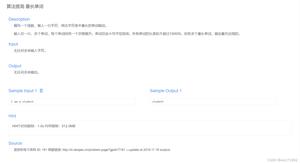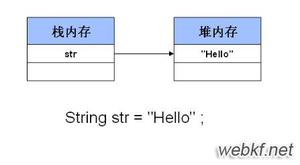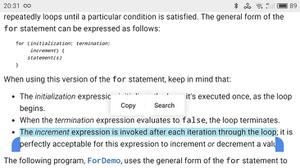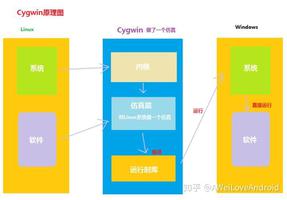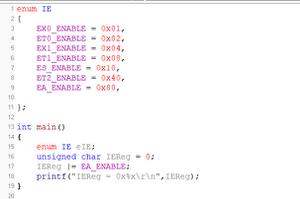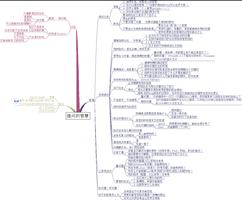Python-“=”和“is”有区别吗?
在Python中,以下两个相等测试是否等效?
n = 5# Test one.
if n == 5:
print 'Yay!'
# Test two.
if n is 5:
print 'Yay!'
这是否适用于你要比较实例(a list say)的对象?
好的,这样可以回答我的问题:
L = []L.append(1)
if L == [1]:
print 'Yay!'
# Holds true, but...
if L is [1]:
print 'Yay!'
# Doesn't.
因此,==测试重视在哪里is进行测试以查看它们是否是同一对象?
回答:
如果两个变量指向同一个对象,则返回True;如果变量引用的对象相等,则返回=。
>>> a = [1, 2, 3]>>> b = a
>>> b is a
True
>>> b == a
True
# Make a new copy of list `a` via the slice operator,
# and assign it to variable `b`
>>> b = a[:]
>>> b is a
False
>>> b == a
True
在你的例子中,第二个测试只起作用,因为Python缓存小整数对象,这是一个实现细节。对于较大的整数,这不起作用:
>>> 1000 is 10**3False
>>> 1000 == 10**3
True
字符串文本也是如此:
>>> "a" is "a"True
>>> "aa" is "a" * 2
True
>>> x = "a"
>>> "aa" is x * 2
False
>>> "aa" is intern(x*2)
True
以上是 Python-“=”和“is”有区别吗? 的全部内容, 来源链接: utcz.com/qa/416609.html

